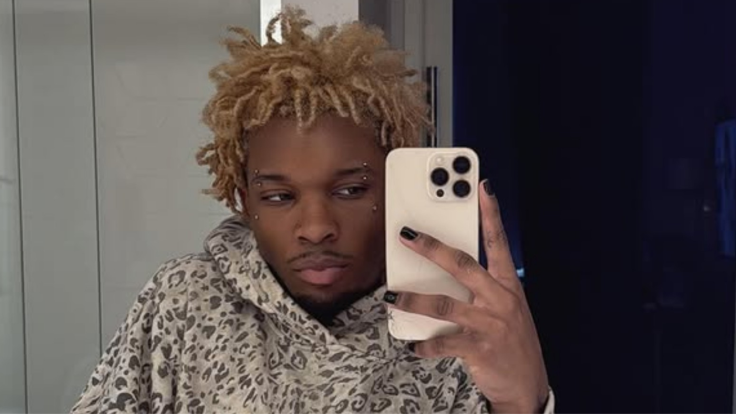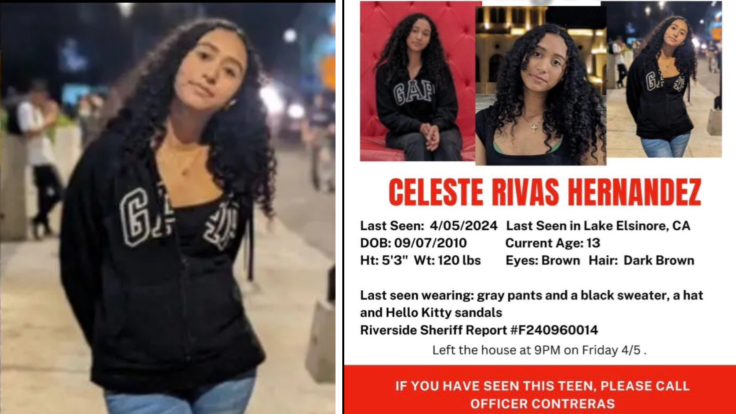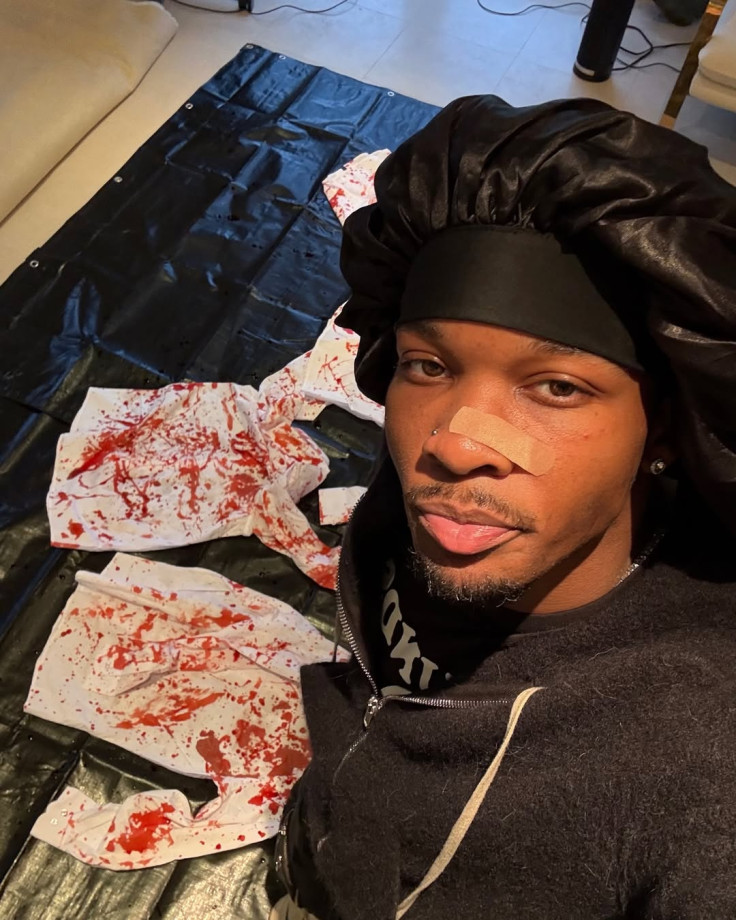Leaked 'I Love Gore' Messages Expose Disturbing Side Of Singer D4vd
Screenshots posted on X and amplified across social channels show the singer claiming past fascination with gore

A cache of resurfaced Discord screenshots showing the singer known as D4vd boasting about watching and laughing at gore videos has intensified scrutiny of the musician amid an active homicide probe.
David Anthony Burke, who records as D4vd, has long courted dark imagery in his art; the newly circulating messages, attributed to an account linked to him, have transformed online conjecture into a focused public outcry and renewed demands for answers from law enforcement.
The disclosures come as Los Angeles police and the county medical examiner have moved to tightly control information about the death of teenager Celeste Rivas Hernandez, whose remains were found in a Tesla registered to Burke in September.
What the Messages Say and Where They Came From
Screenshots first shared by influential accounts on X (formerly Twitter) and amplified by podcast and social-media channels show text the poster attributes to Burke saying, 'I used to be addicted to watching gore vids', that he 'used it to desensitise' and that he once saw an execution on Reddit at 14 and 'laughed at one point'.
D4vd’s old discord messages leak where he revealed he used to be addicted to watching gore videos 😳 pic.twitter.com/EQxHMgMqJU
— No Jumper (@nojumper) November 24, 2025
The posts date from 2023, according to the files now circulating, and were republished by multiple accounts, including No Jumper, which directly linked to the screenshots.
The provenance of screenshots that surface on social platforms is often difficult to verify independently; platform metadata is not publicly available in the posts. However, the speed with which the material spread, and the fact that it was highlighted by high-profile accounts have forced mainstream outlets and investigators to contend with the allegations, and have prompted renewed calls from victims' advocates to preserve digital evidence.
A Sealed Investigation
Law enforcement has responded to the online frenzy not with detailed explanations but with procedural moves that underscore the seriousness of the inquiry. The Los Angeles Police Department obtained a court order that placed a security hold on the county medical examiner's records in the case, a rare legal measure that prevents the release of autopsy results and most forensic details while the probe continues.
The medical examiner's office has publicly criticised the secrecy order, saying it is unusual and impedes transparency.
Local news and court filings indicate the LAPD's Robbery-Homicide Division has characterised the matter as an 'investigation into murder' in recent documents filed with the court.

Those filings, and the decision to seal certain records, mean the public cannot yet confirm the manner or cause of Celeste Rivas Hernandez's death from official forensic documentation. No criminal charges have been filed against Burke at this time.
Artistic Persona Or Red Flag?
Burke's work has always leaned into macabre themes; songs, videos, and stage visuals frequently explore violent imagery and an alter ego described by the artist in interviews. In interviews and promotional material, D4vd has discussed constructing characters and narratives that lean dark, statements that many fans read as artful performance.
But when alleged private messages detail an admitted fascination with real-world gore and desensitisation, the distinction between persona and pathology becomes urgent to critics and investigators alike.

Industry sources and music-scene commentators say that artists who traffic in transgressive subject matter should expect scrutiny, but they caution against equating creative darkness with criminal behaviour. Legal experts stress that private statements, even if authenticated, are not the same as physical evidence placing a person at a crime scene.
Investigators tell reporters they are pursuing both digital traces and physical leads; the court-ordered security hold suggests prosecutors and detectives are consolidating evidence before any public step.
A final, painful question hangs over the story, what responsibility do creators, platforms and fans bear when troubled signals from an artist surface in public — and where should the line be drawn between critique and trial by social media?
© Copyright IBTimes 2025. All rights reserved.




















